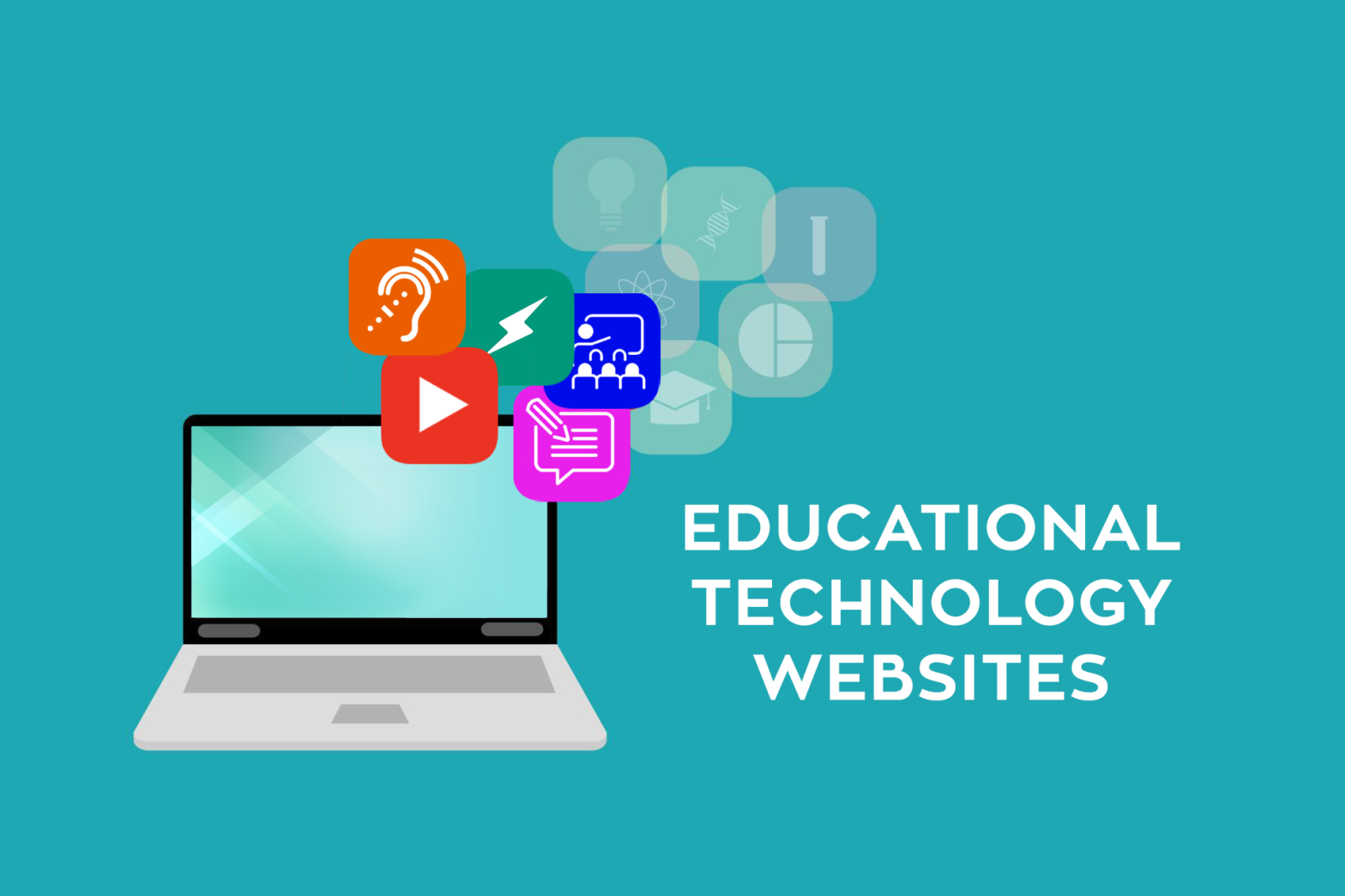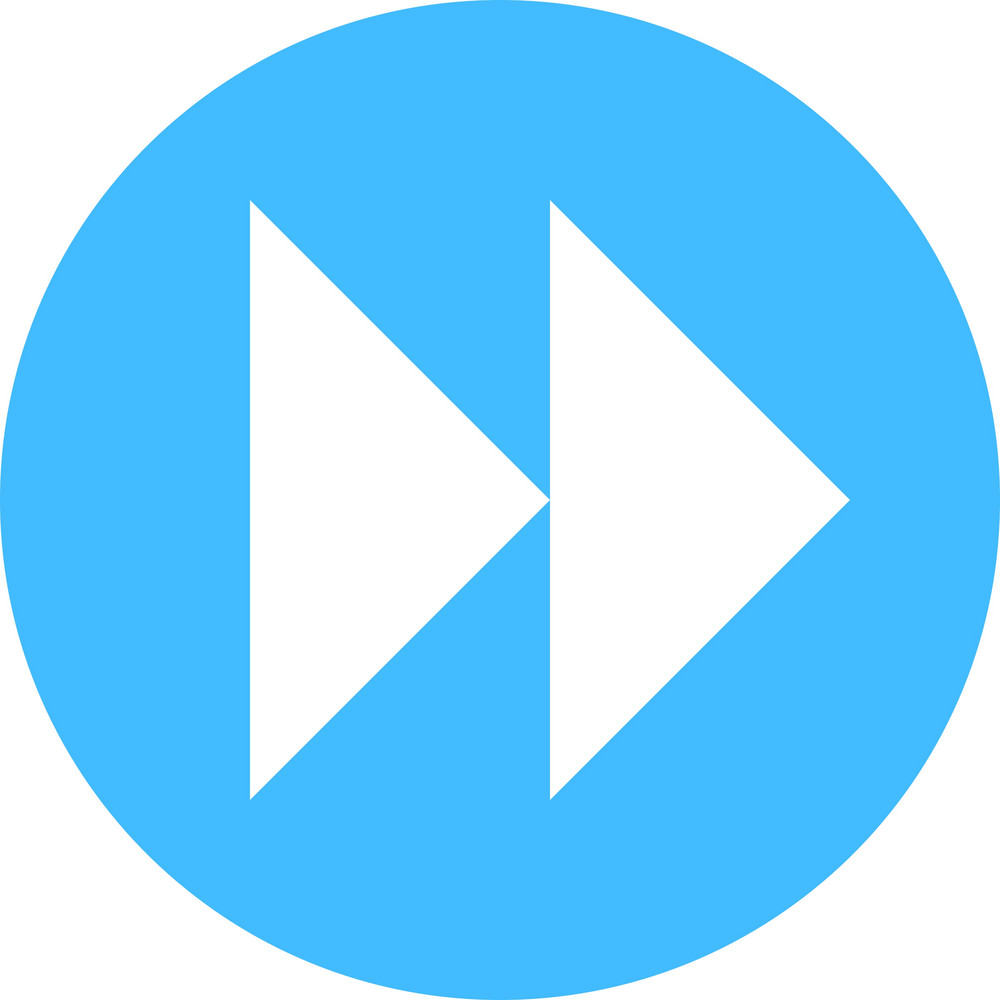Slight Jump Ahead
I could never be a blogger… unless it was my only job. Clearly updating my blog here on this page hasn’t often happened. Where am I now? I am in week 3 of 8. Then Christmas break. In the new year, I only have 3 classes (3 8-week terms) left! I can’t wait for this journey to conclude.
“A little learning is a dangerous thing”
In an essay by Alexander Pope (1709) he famously wrote, “A little learning is a dangerous thing.” This statement opens an argument that those with inadequate information may only understand the most evident causes, leading them to an unbalanced comprehension. Naive assessments or perceptions, although lacking knowledge of all the necessary information, might inadvertently accomplish a certain degree of balance. Professionals, on the other hand, have an extensive grasp of both comprehensible and obscured foundations (Raghunathan, 2022). During his employment at a hospital, author John Cook (2020) gained personal experiences where limited knowledge raised apprehensions about cancer or other scenarios where patients created major anxieties for themselves due to incomplete information that ultimately required an additional explanation from a medical professional.
Modern technology allows any person to quickly find information, both truthful and false, on any conceivable topic online and oftentimes gives the reader a false sense of expertise. Gaining this little bit of knowledge can also lead to arrogance and pride in situations where humility and sincerity are desired (Fudge, 2021).
The Bible also cautions Christians against relying solely on their own thinking. In Proverbs 28:26 it says, “Those who trust their own insight are foolish, but anyone who walks in wisdom is safe” (Holy Bible: New Living Translation, 2008). This emphasizes how important it is for Christians to not only gain knowledge but also seek wisdom and full understanding. This ultimately helps to reduce the risks while taking full advantage of true knowledge. By discovering the full and true knowledge, we can ultimately make informed decisions that minimize risks.
References
Cook, J. (2020). Why a little knowledge is a dangerous thing. John D. Cook | Applied Mathematics Consulting. https://www.johndcook.com/blog/2020/10/04/why-a-little-knowledge-is-a-dangerous-thing/
Fudge, R. R. (2021, April 24). A dangerous thing. Thomasville Times-Enterprise. https://www.timesenterprise.com/news/lifestyles/a-dangerous-thing/article_c6a43766-a541-11eb-aeed-a3960b9b508f.html
Holy Bible: New Living Translation. (2008). Tyndale House.
Pope, A. (1709). An Essay on Criticism. Poetry Foundation. https://www.poetryfoundation.org/articles/69379/an-essay-on-criticism
Raghunathan, V. (2022). If a little learning is a dangerous thing, how about too much knowledge? Times of India. https://timesofindia.indiatimes.com/blogs/Outraged/if-a-little-learning-is-a-dangerous-thing-how-about-too-much-knowledge/
Social Responsibility of Educators
Author Huda Alsaeed (2022) defined social responsibility as a multifaceted concept that incorporates many different areas of responsibility, such as personal, those involving family and friends, and one to the community. In his article, he argues that social responsibility is essentially important for both individuals and society as one. Public educators are often encouraged to promote social responsibility in their learners. Alsaeed (2022) argues that schools have a crucial role in assisting students to develop the values and skills needed to be socially responsible citizens. There are many ways in which educational facilities and teachers can advance society’s social responsibility. For instance, educators can grant students opportunities to learn about these social concerns or encourage them to be active in community service projects. School district administrations can also assist by fostering a learning environment that respects all student diversities and encourages faculty and staff to model social responsibilities (Alsaeed, 2022). These school employees can have a significant impact on the future roles of these students in society.
The American Association of Colleges for Teacher Education (AACTE) explains that preparing students to be cognizant citizens means that teachers must explain their rights and responsibilities in addition to other social or even political issues that they may encounter in their local community or other places they go (Gangone, 2019). Teachers must strive to assist them as they mature and improve their critical thinking skills. Although some say this is not an educator’s duty, the AACTE states that teachers can easily promote social responsibility simply but creating a classroom where everyone is respected and the teacher models important values such as equality and inclusion (Gangone, 2019).
For a Biblical perspective on social responsibility, educators can refer to the parable of the Good Samaritan found in Luke 10:25-37 (Holy Bible: New Living Translation, 2008). In this story, Jesus teaches that we should show compassion to our neighbors, or community, even if they are different or relate to a different social group. As Christians and as educators, it should be our mission to follow the examples of Christ as we teach future generations.
References
Alsaeed, H. (2022). The Role of Public Education Schools in Developing Social Responsibility in the Light of Contemporary Global Trends. Scientific Research.
Gangone, L. (2019). Educators and social responsibility: What this means to informed citizenry. American Association of Colleges for Teacher Education. https://aacte.org/2019/08/educators-and-social-responsibility-what-this-means-to-informed-citizenry/
Holy Bible: New Living Translation. (2008). Tyndale House.
Technology Review & Demonstration
Course Reflections
Reflecting over the past seven weeks, there were three assignments that impacted my future instruction for the better.
The first was the overview of the ISTE website. I am familiar with our Texas state organization of technology, and I had heard of ISTE; however, I had never investigated them further. What I learned from this assignment was the vast number of resources they have to offer, for example, EdSurge and other podcast or their ISTE Live conference that I plan to attend one day in the future.
Another assignment, the web-based assessment, helped me to develop a web-based, Google Classroom project, that I will implement into my instruction this fall. It was exciting to create a project sample from start to finish, including a rubric – making this assignment ready to be assigned.
With a background in graphic art, I was excited to complete the infographic assignment. It allowed me to be creative while showcasing some of education’s top tech trends but also gave me great insight into where the future of technology in education is headed. I am not sure I am ready for AI to be teaching my students or even my own children one day, but the thought of being able to use Virtual Reality to assist my students in better understanding mathematics is a unique concept.
These assignments and many others challenged me to incorporate more technology-based lessons into my lesson plans – I am currently planning at least one form of these assignments every week. They opened up many more options of academic reinforcements to be added to my educator toolbox and have changed how I will assess my students and consider assessable options for all learners.
I am taking away a lot of new knowledge regarding educational technology and I have already begun to share information with my teaching team. I’ve enjoyed becoming a better tech-savvy teacher.




